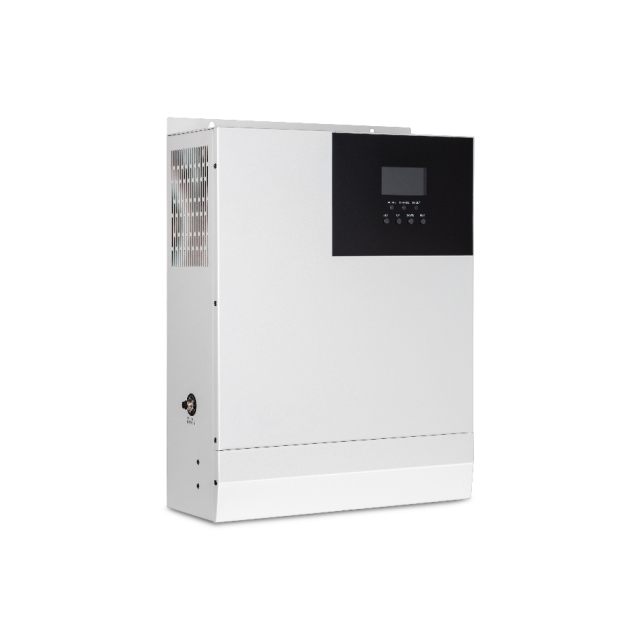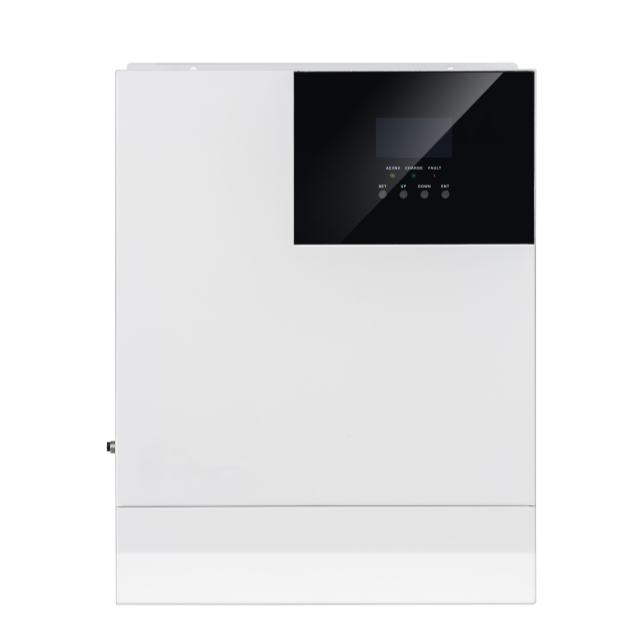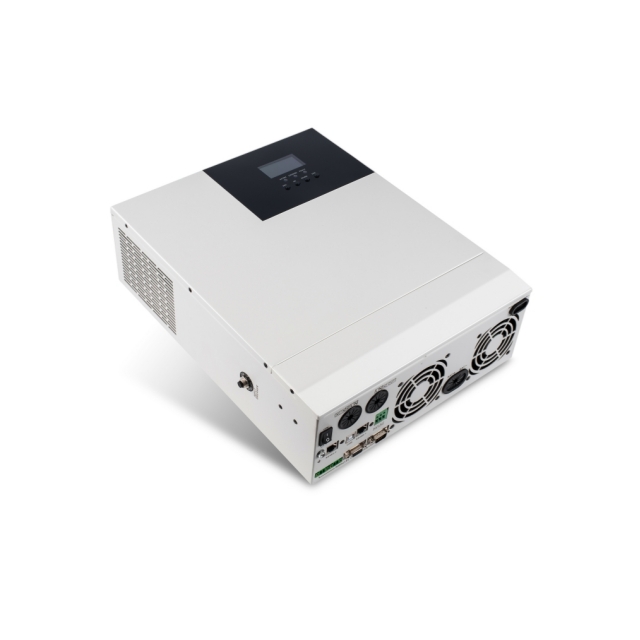Author:BLD Solar Energy SystemFROM:Solar System Converter Manufacturer TIME:2023-10-16
Mastering the Installation and Usage of an Inverter Off Grid Hybrid

An inverter off-grid hybrid is a sophisticated system that allows users to generate and store their own electricity independently from the main power grid. This technology has gained popularity in recent years due to its ability to provide reliable and sustainable energy solutions. However, mastering the installation and usage of an inverter off-grid hybrid can be challenging for beginners. In this article, we will guide you through the process of installing and using this innovative system effectively.

Before delving into the installation process, it is crucial to familiarize yourself with the components of an inverter off-grid hybrid system. The main components typically include solar panels, batteries, charge controllers, inverters, and monitoring systems. Each component plays a vital role in harnessing, storing, and converting solar energy into usable electricity. Understanding how these components work together is essential for a successful installation.

Choosing the right location for your inverter off-grid hybrid system is key to maximizing its efficiency. Conduct a thorough site assessment to determine factors such as solar exposure, shading, and available space. A location with maximum sunlight exposure throughout the day is ideal. Additionally, consider the distance between the solar panels and batteries, as well as the overall system layout, to optimize performance and ease of maintenance.
When installing an inverter off-grid hybrid system, safety should always be the top priority. Ensure that you follow all relevant safety guidelines and wear appropriate protective gear. Familiarize yourself with the system's installation manual and strictly adhere to the manufacturer's instructions. If you are unsure about any aspect of the installation process, it is advisable to seek professional assistance to avoid accidents or equipment damage.
Proper wiring and connection of the inverter off-grid hybrid system are crucial for optimal performance. Follow the wiring diagram provided by the manufacturer to connect the solar panels, batteries, charge controllers, and inverters correctly. Pay attention to wire sizes, polarity, and grounding requirements to ensure safe and efficient power transmission. Regularly inspect and maintain the wiring connections to prevent loose or corroded connections that can hinder system performance.
Efficient battery management is essential for the longevity and overall performance of an inverter off-grid hybrid system. Familiarize yourself with the battery specifications, including charge/discharge rates and temperature limitations. Implement a battery monitoring system to track the state of charge, voltage levels, and overall health of the batteries. Establish a regular maintenance routine, including cleaning, equalization charging, and replacing worn-out batteries to extend their lifespan.
Monitoring and maintaining an inverter off-grid hybrid system are crucial for identifying any issues and ensuring its smooth operation. Utilize the monitoring system provided with your system or invest in a third-party monitoring solution to track energy production, battery status, and overall system performance. Regularly inspect the components, clean the solar panels, and perform firmware updates as recommended by the manufacturer. Promptly address any faults or malfunctions to avoid potential system failures.
To optimize the usage of an inverter off-grid hybrid system, it is important to practice energy efficiency. Identify and eliminate any energy-wasting habits or devices in your household. Invest in energy-efficient appliances and LED lighting to reduce overall consumption. Monitor and adjust energy usage based on the available solar power and battery capacity. By managing your energy consumption effectively, you can prolong the runtime of your system and reduce reliance on the main power grid.
Being prepared for unexpected events is crucial when relying on an inverter off-grid hybrid system. Develop an emergency plan that includes backup power sources, such as a generator or additional battery storage. Regularly test the backup systems and ensure they are in good working condition. Store an ample supply of essential items, including food, water, and medical supplies, to sustain your household during extended power outages. Take proactive measures to protect your system from extreme weather conditions, such as lightning and storms.
Mastering the installation and usage of an inverter off-grid hybrid system requires a comprehensive understanding of its components and proper installation practices. By following the guidelines provided in this article, you can successfully set up and maintain an efficient and reliable off-grid power solution. Remember to prioritize safety, regularly monitor and maintain the system, and practice energy efficiency to ensure optimal performance and maximum utilization of renewable energy sources.
